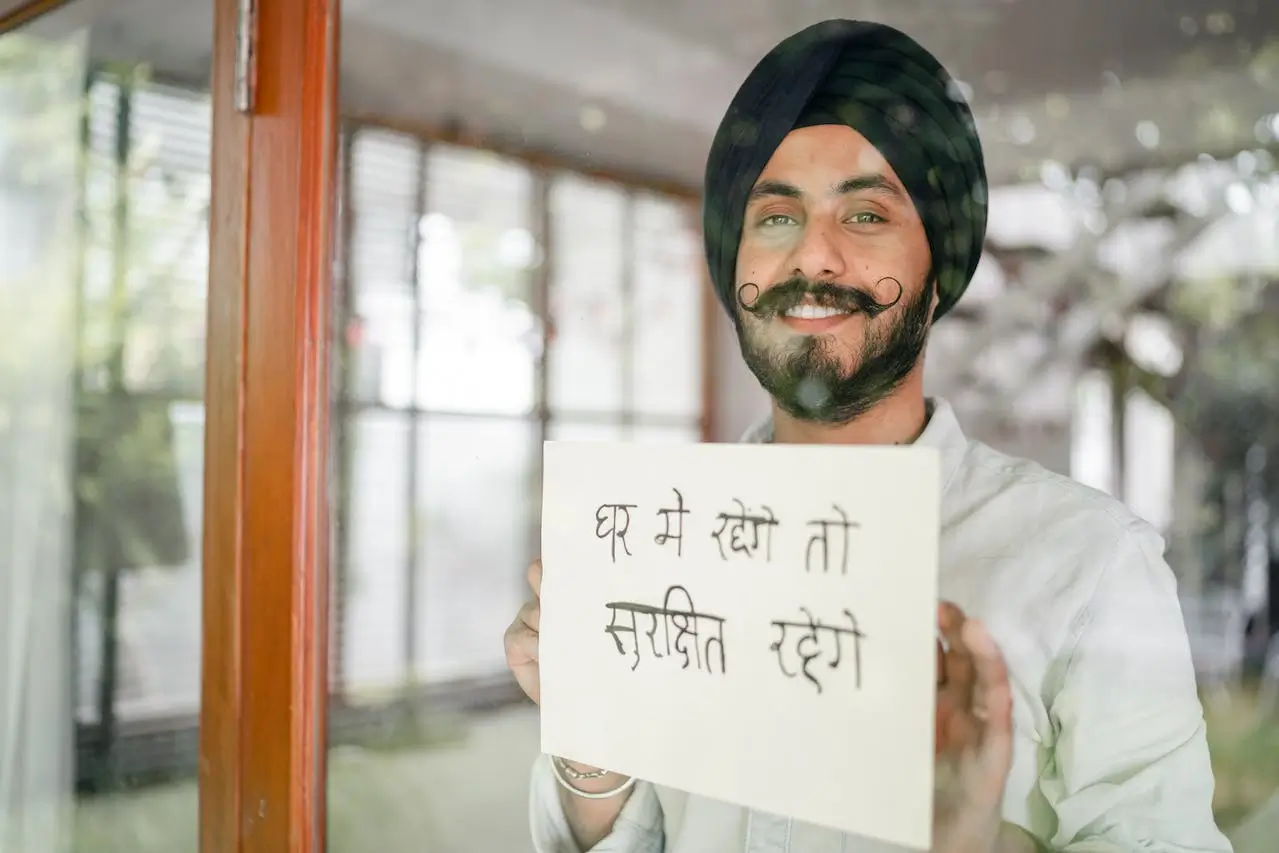Understanding “Varn Kise Kahate Hain”: A Comprehensive Guide to Hindi Alphabets
Introduction:
In the rich tapestry of languages, Hindi stands out as one of the most widely spoken languages globally. One of the fundamental elements that contribute to the beauty and uniqueness of Hindi is its script. The Hindi script, known as “Varn,” plays a pivotal role in shaping the linguistic identity of millions. In this article, we delve into the intricacies of Hindi alphabets, exploring what “Varn kise kahate hain,” the significance of Swar and Vyanjan, and how these elements come together to form the foundation of the Hindi language.
What is ‘Varn kise kahate hain’?
The term “Varn kise kahate hain” translates to “What are alphabets called?” in English. In the context of Hindi, it refers to the set of characters that constitute the Hindi script. The Hindi alphabet is a combination of vowels and consonants, collectively known as “Varn.”
The Structure of Hindi Alphabets:
a. Swar (Vowels):
Swar, the vowels in Hindi, are the soul of the language. They are the sounds produced without any obstruction to the airflow. In Hindi, there are 11 Swar, namely अ (a), आ (aa), इ (i), ई (ii), उ (u), ऊ (uu), ऋ (ṛ), ॠ (ṝ), ए (e), ऐ (ai), and ओ (o), औ (au).
b. Vyanjan (Consonants):
Vyanjan, the consonants in Hindi, are the building blocks of words. These sounds are formed by obstructing the airflow using various parts of the mouth. There are 33 Vyanjan in Hindi, including क (ka), ख (kha), ग (ga), घ (gha), ङ (ṅa), च (cha), छ (chha), ज (ja), झ (jha), ञ (ña), ट (ṭa), ठ (ṭha), ड (ḍa), ढ (ḍha), ण (ṇa), त (ta), थ (tha), द (da), ध (dha), न (na), प (pa), फ (pha), ब (ba), भ (bha), म (ma), य (ya), र (ra), ल (la), व (va), श (śa), ष (ṣa), स (sa), ह (ha).
The Significance of Swar and Vyanjan:
a. Swar’s Role in Language Clarity:
Swar, being the vowels, add melodious nuances to the language. They are crucial in forming the foundation of words and contribute to the phonetic clarity of Hindi. Each Swar has its unique sound, and their correct pronunciation is vital for effective communication.
b. Vyanjan’s Building Blocks:
Vyanjan, the consonants, provide the structure to words. They are the skeletal framework around which the language is constructed. The combination of Vyanjan with Swar gives rise to syllables, forming the basis of Hindi words.
The Script and Writing System:
a. Devanagari Script:
The Hindi script, also known as Devanagari, is a beautifully intricate writing system that has evolved over centuries. It is written from left to right and is characterized by its distinct and ornate characters. Devanagari script is not only used for Hindi but also for several other Indian languages.
b. Kitne Varn Hote Hain? (How Many Alphabets Are There?):
Hindi has a total of 44 alphabets, comprising 11 Swar and 33 Vyanjan. Each alphabet holds a unique place in the script, contributing to the vast and expressive nature of the language.
The Evolution of Hindi Alphabets:
The Hindi script has a rich history that dates back to ancient times. Over the centuries, the script has undergone various modifications and refinements. The current form of Devanagari script took shape during the medieval period and has since become the standard writing system for Hindi.
Learning the Hindi Alphabets:
a. Resources for Beginners:
For those embarking on the journey of learning Hindi, there are numerous resources available. Online platforms, books, and language courses can aid in understanding the pronunciation and writing of Hindi alphabets.
b. Practice Makes Perfect:
Proficiency in any language, including Hindi, comes with practice. Regular writing exercises, pronunciation drills, and listening to native speakers can significantly enhance one’s grasp of the Hindi script.
Common Challenges in Learning Hindi Alphabets:
a. Script Complexity:
Some learners may find the Devanagari script initially complex due to its intricate characters. However, with consistent practice, the script becomes more familiar, and learners gain confidence in reading and writing.
b. Phonetic Variations:
The phonetic nuances in Hindi, especially the Swar, may pose a challenge for learners. Differentiating between similar sounds requires attentive practice and exposure to native speakers.
Applications in Modern Times:
a. Digital Era and Hindi Script:
In the digital age, the Hindi script has seamlessly transitioned into the virtual realm. From social media posts to online content creation, the Devanagari script continues to play a significant role in shaping digital communication in Hindi.
b. Media and Entertainment:
The influence of Hindi alphabets extends beyond written communication. In the realm of media and entertainment, the script is a crucial element in shaping dialogues, lyrics, and narratives in various forms of creative expression.
Conclusion: Embracing the Essence of Hindi Alphabets:
In conclusion, understanding “Varn kise kahate hain” encompasses more than just memorizing a set of characters. It is an exploration of the soulful symphony of Swar and the structured framework of Vyanjan that together give Hindi its unique identity. As we embrace the beauty of the Hindi script, we also recognize its historical significance, its role in modern communication, and its ability to connect millions of people through the rich tapestry of language.
Whether you are a beginner learning the basics or a seasoned speaker appreciating the intricacies, the Hindi script invites you to delve into its depths and unravel the magic that lies within each alphabet. So, let’s celebrate the artistry of “Varn kise kahate hain” and continue to weave the timeless story of Hindi language and culture.

